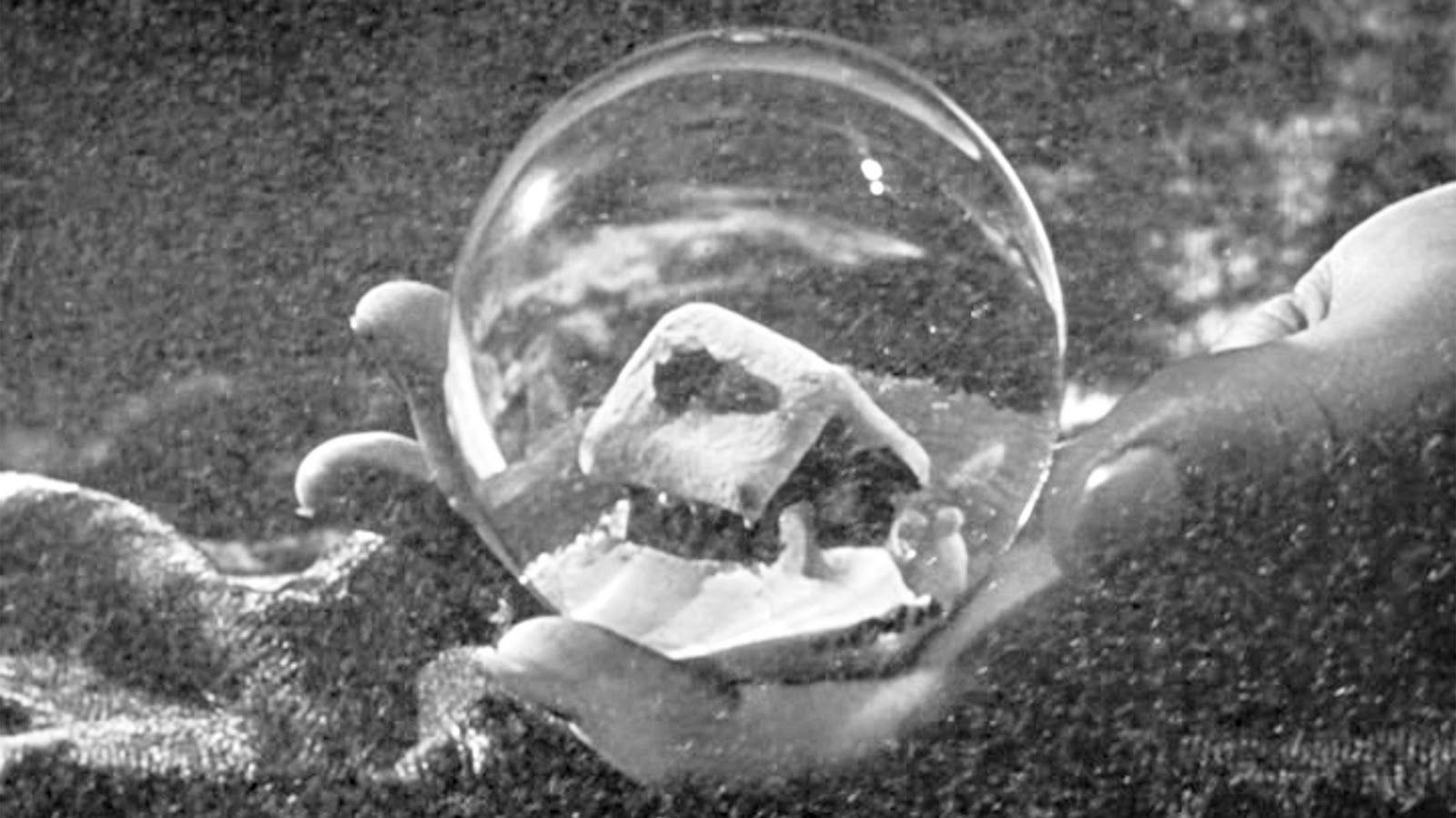

Hearst was massively rich and widely reviled in his day. He infamously manipulated facts to sell papers and promoted racist narratives news throughout his tenure. He was largely responsible for the banning of cannabis in the United States because the hemp-based paper industry threatened his livelihood. He faked interviews, made up stories, and is probably the reason you know the term “yellow journalism.” Hearst was married to a chorus girl named Millicent Willson but also had an open affair with actress Marion Davies for many years. The “Rosebud” reference in “Citizen Kane” is based on a rumor that Hearst used the word to describe Davies’ genitals.
Orson Welles’ presented Hearst/Kane as a shallow a-hole who turned to wealth and corruption when the comforts of a rustic childhood were stolen from him. In Welles’ own words: “In [Kane’s] subconscious, [Rosebud] represented the simplicity, the comfort, above all the lack of responsibility in his home, and also it stood for his mother’s love, which Kane never lost.” Kane became a stand-in for all of America’s wealthiest citizens in perpetuity; when someone flaunts their wealth, the public now begins to ponder how they might be deeply damaged.
Hearst III has a different read. At a post-screening Q&A at the San Francisco Film Festival, he said:
“Many people think Rosebud is the sled. […] But I think Rosebud is actually that little snow globe. I think there is something sad in the character Kane, and to some degree in my grandfather’s personality, that inside that little world, it’s youth, it’s childhood, it’s home. It’s safe, and they’d like to go back to that. I think that’s what Rosebud is. It’s really that sense of a childhood denied, in some way.”
Which is, one might argue, kind of the same thing.






